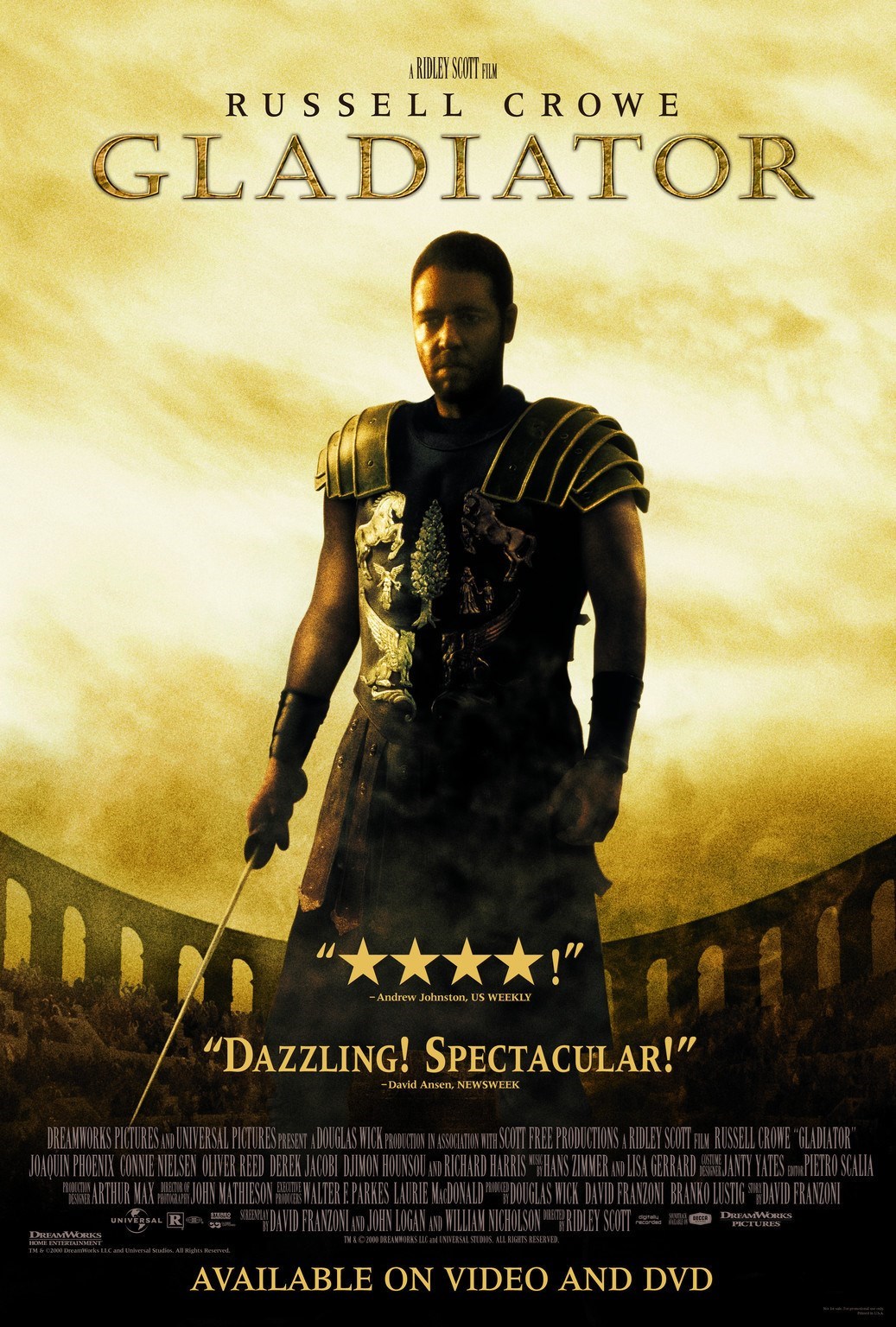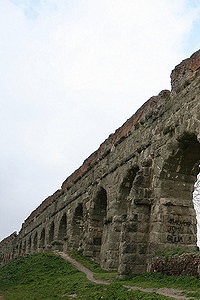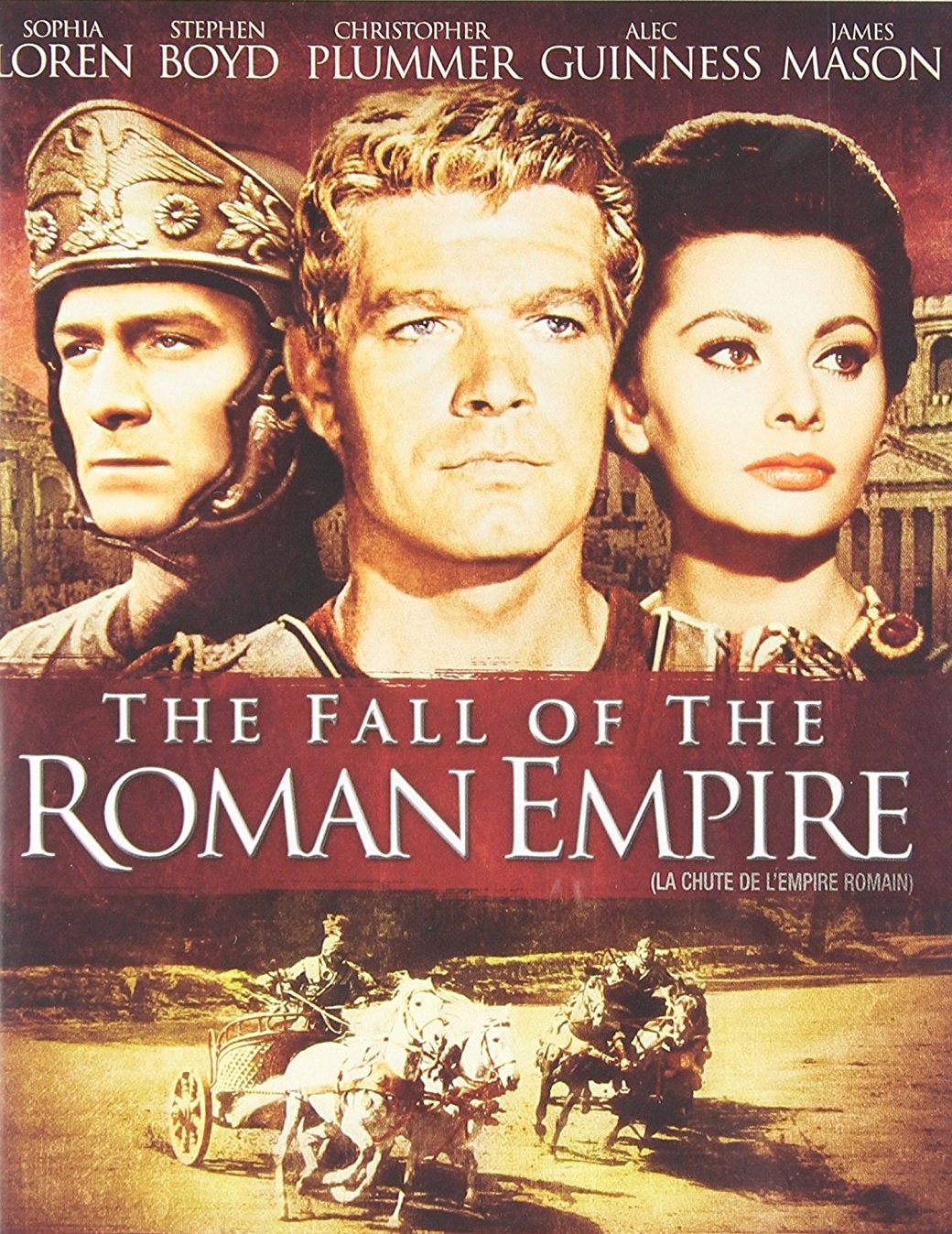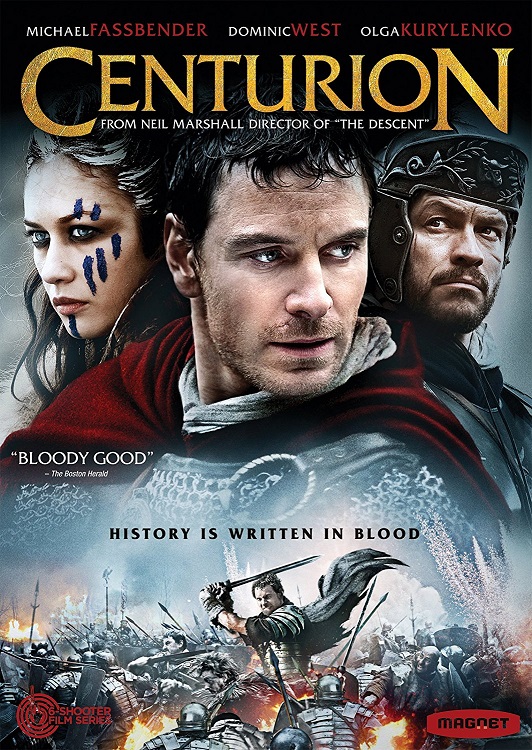Gladiator movie review (2000)
The Gladiator movie (2000) starring Russell Crowe is a movie that needs no introduction. It won multiple awards and was a big success at the box office. It is a great historical epic, the story of a popular Roman general turned gladiator.
   |
The Gladiator movie starts with an amazing battle scene with Roman troops fighting the barbarian tribes in Germania. The well-equipped and well-organized Roman troops face the barbarians in the forest when General Maximus Decimus Meridius (played by Russell Crowe) gives the command to "unleash hell". Much of the plot is fiction and most of the characters in the movie are fictional, noting however that filmmakers paid a lot of attention to historical and cultural details.
Gladiator captures the psychology and culture of the time
Some of the characters in the movie did exist in history including Commodus (reign: 180 - 192 A.D.) and Marcus Aurelius (full name: Caesar Marcus Aurelius Antoninus Augustus, reign: 161 - 180 A.D.). Commodus (played by Joaquin Phoenix) was the son of emperor Marcus Aurelius (played by Richard Harris) who named him Caesar in 166 A.D. and made him co-emperor in 177 A.D.. Marcus Aurelius in the movie is different as he does not want his son to become his successor.In the movie, Commodus kills his father. Commodus was indeed with his father during the Danubian wars and when his father died but it is unclear whether he committed patricide. Some ancient historians suspect that he did because he made peace with the enemy and retreated back to Rome quickly to celebrate his victory (officially Marcus Aurelius died of the plague). Lucilla, Commodus' sister, plotted against him in history and Commodus was a decadent who did fight as a gladiator in the arena. General Maximus Decimus Meridius in the movie is fictional but brings to mind general Germanicus (15 B.C. - 19 A.D.) who was an extremely popular general and commander of the forces in Germania. Similarly, Senator Gracchus is also fictional but appears to be based on the Gracchi brothers who were tribunes acting on behalf of the plebeians. Elected in 133 B.C., the Gracchi brothers tried to pass land reform that would benefit the poor to be later killed.
As we previously pointed out much of the plot is fiction but many of the characters/events depicted in the movie resemble real historical characters/events placed in the wrong chronological order. The movie's objective is clearly not to be chronologically accurate but to capture the culture and psychology of the time. The movie emphasizes values such as honor (at the beginning soldiers repeat the phrase "strength and honor"), virtue and duty, or worship of family and ancestors. Filmmakers did spend a good amount of time on historical research: the carriage that transports Commodus and his sister, the slave caravan in Mauretania, the way slaves are sold, the gladiator school or the reenactment of battles at the Colosseum are all accurately depicted. However, even though the initial battle scene is convincing, the Roman soldiers wear an armor from the 1st century A.D. and the barbarians wear clothes that are more primitive than what they were in reality.
Unlike older historical epics such as Spartacus, the Gladiator movie uses computer generated imagery which renders breathtaking views of Rome, of Commodus' palace and of the Colosseum.
Taking elements from the Fall of the Roman Empire and Spartacus
Gladiator takes elements from other movies such as Spartacus and the Fall of the Roman Empire. In the Fall of the Roman Empire, Marcus Aurelius is also presented as an emperor with ideals and Republican inclinations (he truly was such an emperor) and Commodus also kills his father Marcus Aurelius. However The Fall of the Roman Empire movie goes deeper into analyzing events that led to the collapse of the Roman Empire.To conclude with, even though the plot is mostly fiction, Gladiator is a very entertaining movie that captures the culture and psychology of 2nd century Rome. The movie is a must-have at home for Roman history buffs!
Errors in the Gladiator movie
|
YOU MAY ALSO LIKE
Return from Gladiator movie review (2000) to Ancient Rome movies
Return from Gladiator movie review (2000) to Homepage


